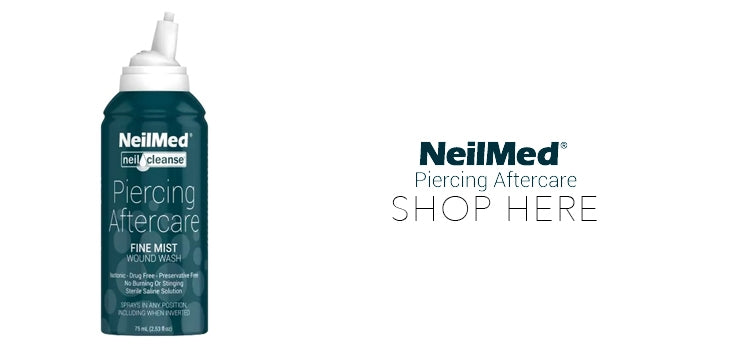
The Difference Between Stainless Steel and Titanium Jewelry

Stainless steel (specifically surgical-grade or implant-grade) and titanium are high-quality metals that are used for making body jewelry. The difference between stainless steel and titanium jewelry is based on the difference in compositions of the metals themselves. Otherwise, both stainless steel and titanium jewelry are recommended for use in body piercings. Additionally, they are both safe to wear in new/healing piercings or healed piercings.
Stainless Steel Jewelry
Surgical-grade stainless steel and implant-grade stainless steel are the two types of steel used for body jewelry. Surgical-grade stainless steel (or 316L stainless steel) is the most commonly used steel and it typically doesn’t cause any complications for most people. Steel is a metal alloy, so surgical-grade stainless steel body jewelry contains a small amount of nickel. Even this small amount can cause irritation or even an allergic reaction in people who are very sensitive to it. Implant-grade stainless steel (ASTM F138 compliant) is a higher grade of steel, and it has a much lower level of nickel in it. The lower level of nickel makes it a better choice of steel, but it can still pose a problem for those who are really sensitive to metals or have a metal allergy. In that case, titanium jewelry is a great option.
Titanium Body Jewelry
Titanium is an even higher grade of metal than implant-grade stainless steel. It is not an alloy, so it does not have any nickel in it at all. This makes titanium jewelry the best option for people that react to stainless steel. Titanium jewelry happens to be lighter than stainless steel jewelry, and some people choose titanium for that reason alone.

A unique feature about titanium and titanium body jewelry is that it can be anodized to make the metal a different color. Pretty much every color of the rainbow is an option, and then some. Titanium jewelry does cost more than stainless steel jewelry, but it has the added value of having a high level of quality and the assurance that the healing tissue won’t get irritated.
Is One Better?
For most people, both types of metal can be safely worn as body jewelry and neither is necessarily better. Both types of stainless steel and titanium are durable and can be autoclaved for sterilization. Both ASTM F138-compliant stainless steel and ASTM F136-compliant titanium are endorsed by the APP as safe for healing piercings. It tends to be more a matter of personal preference for most people.
The only important difference is for people who are sensitive to metals or who have metal allergies, then the winning choice is going to be titanium body jewelry to ensure a safe and happy healing experience.

Going to an established professional piercing shop will help ensure your can get a high-quality piece of jewelry for your initial piercing. Once the piercing is healed, then you can switch the jewelry out, but you will want to be sure you are buying the right type of metal so you can continue to avoid any complications.
Reference: “Jewelry Standards” (2019) The Association of Professional Piercers, https://www.safepiercing.org/jewelry_standards.php.

